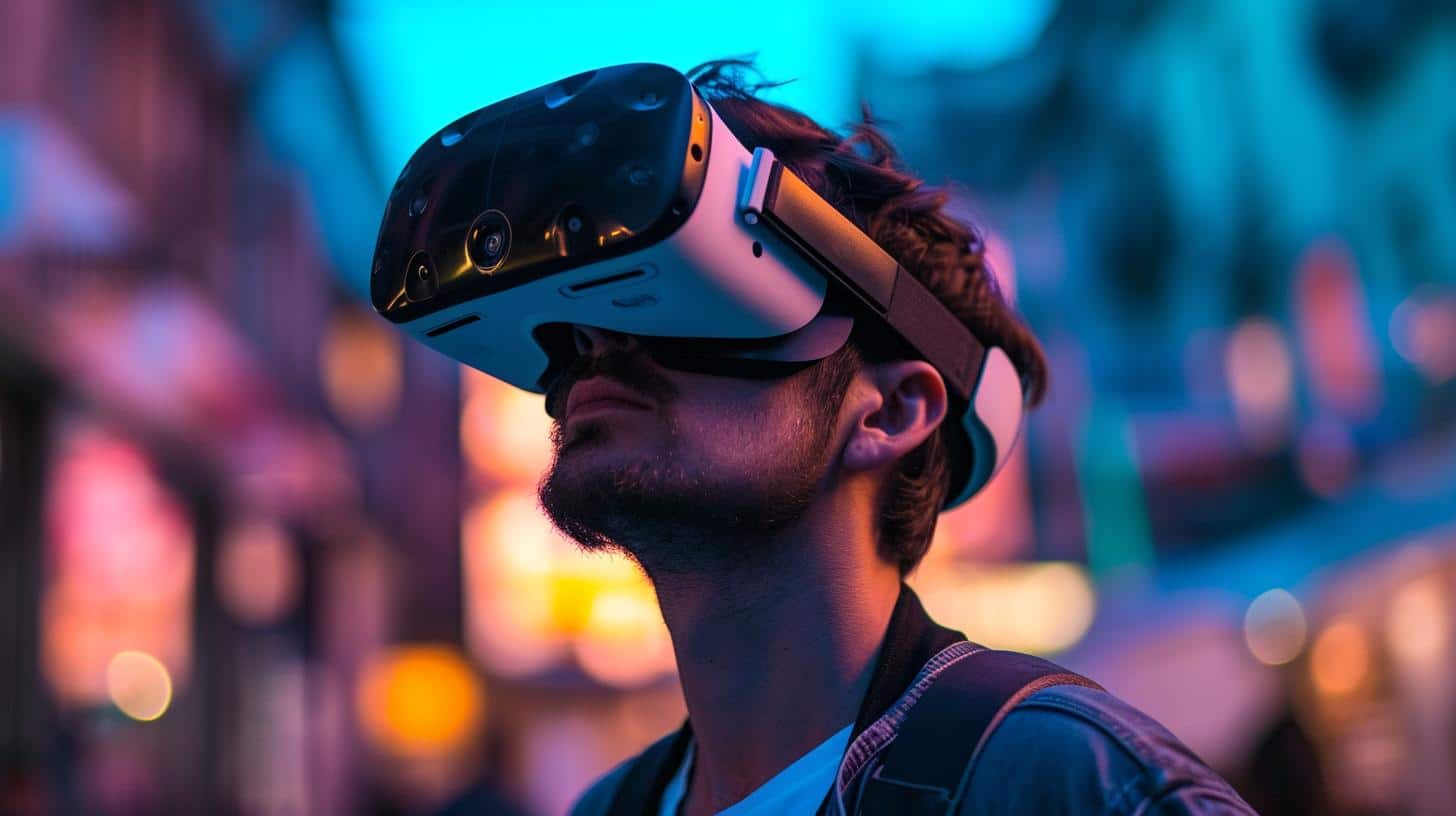Virtual Reality’s Growing Effect on Injuries
The use of virtual reality (VR) technology is on the rise, and with it comes a growing number of injuries. Stanford Health Care’s emergency department has seen an increase in patients with injuries caused by VR gaming, such as broken bones and cuts. Dr Ryan Ribeira, assistant medical director of the Stanford Emergency Department, explains that VR can make experiences feel real, leading to physical reactions that can result in injuries. As more people try VR for the first time, the number of injuries is expected to increase.
Rise in VR Game-Related Accidents
A study published by Dignity Health researchers in Arizona revealed that the first recorded VR injury occurred in 2017. Since then, the number of reported injuries related to VR gaming has been steadily increasing. Users of VR devices engage in physical activities, including walking, kicking, swinging their arms, and bending, which can lead to accidents and injuries. The confined space in which VR is usually used also poses additional hazards. As a result, broken bones, cuts, contusions, and sprains are among the most common injuries associated with VR gaming.
Lack of Data on VR Injury Rates
While there is limited data available on the exact number of VR-related injuries, recent research suggests that the numbers are climbing. A paper published in 2023 reported that there were 1,336 reported injuries from using VR technology in 2021. However, it is believed that the actual number of injuries is higher, as many cases may go unreported or do not require medical care. The lack of comprehensive data on VR injury rates indicates the need for further research in this area.
The Most Common Injuries in VR Worlds
The most common injuries occurring in VR worlds are broken bones, followed by cuts, contusions, and sprains. These injuries can be caused by physical reactions to unexpected events in the virtual environment. Users may become dizzy from head movements, leading to falls or collisions with real-world objects. Tripping over objects is also a common risk factor. The US Consumer Product Safety Commission has raised concerns about the impact of VR on children’s visual and musculoskeletal systems and the risk of neck strain.
Safety Measures to Prevent VR Accidents
To prevent VR accidents and injuries, both VR headset makers and medical professionals recommend taking certain safety measures. One of the key recommendations is to play VR games in a clear and safe space, ensuring there is a buffer zone without hazards that extends beyond the virtual boundaries. VR users are advised to avoid passing by the boundaries when they appear in the virtual world. These safety measures are crucial in minimizing the risk of collisions with real-world objects and injuries caused by physical reactions in VR environments.
Analyst comment
This news can be evaluated as negative. The growing number of injuries caused by virtual reality (VR) gaming is a concerning trend. As more people try VR for the first time, the number of injuries is expected to increase. The market for safety measures, such as VR headset makers and medical professionals, is likely to expand as they recommend safety measures to prevent accidents and injuries in VR environments.













